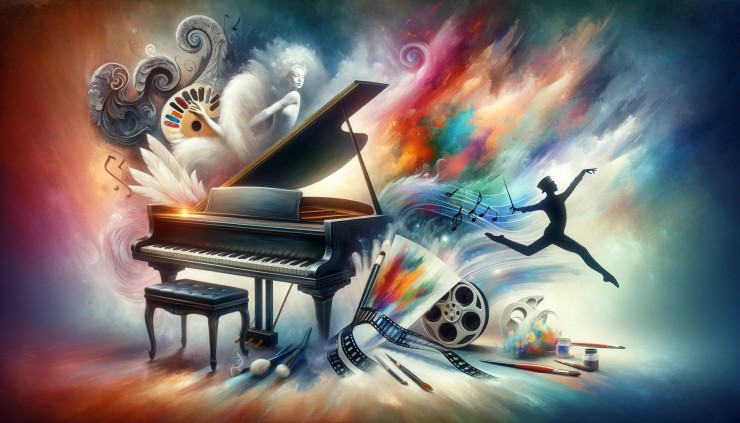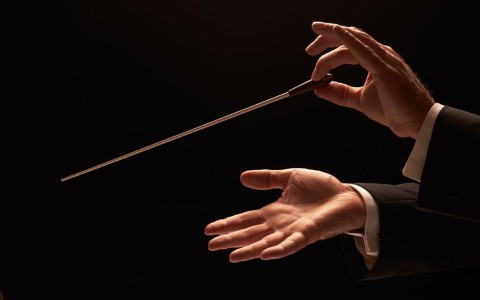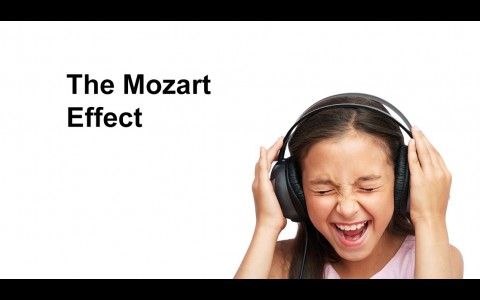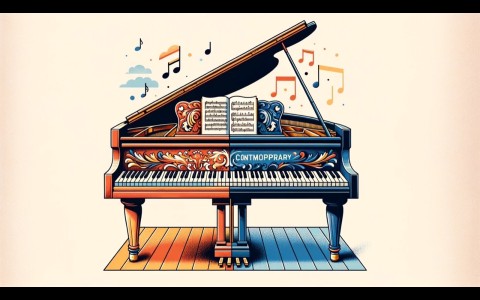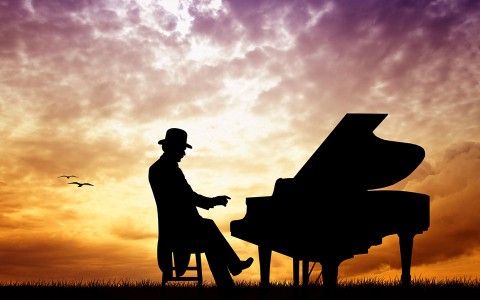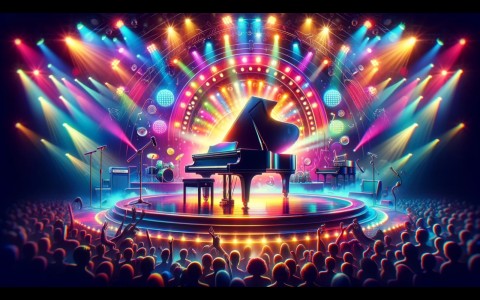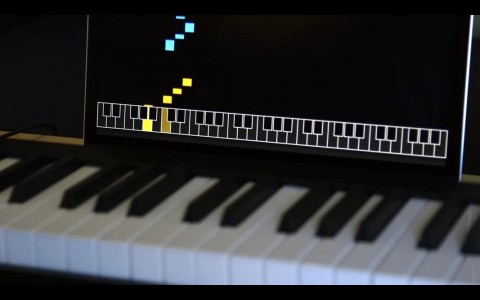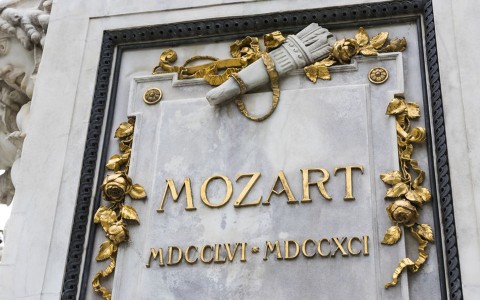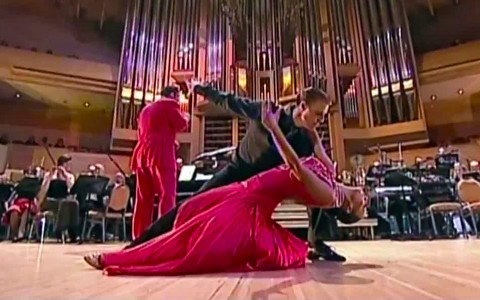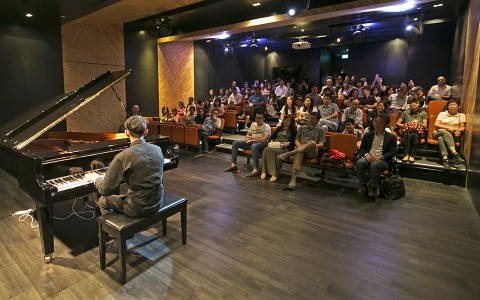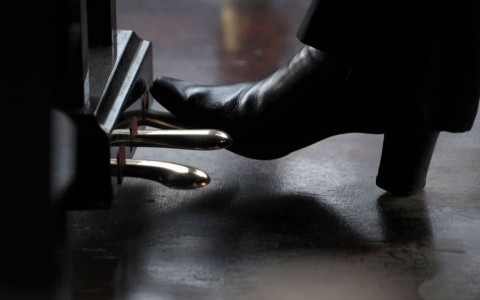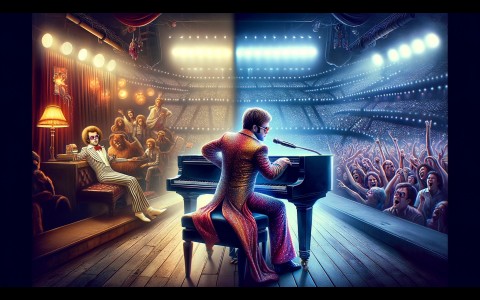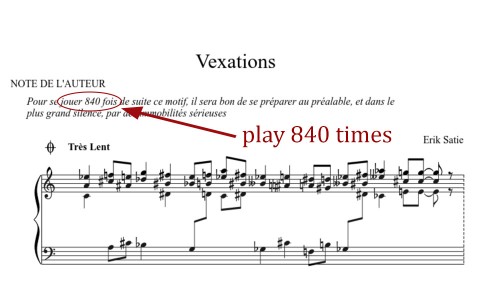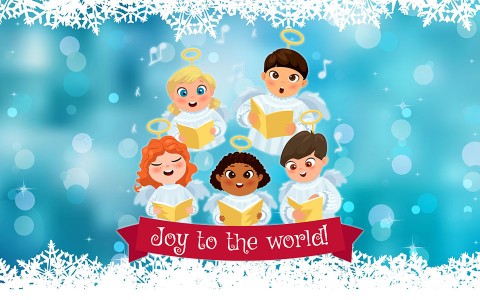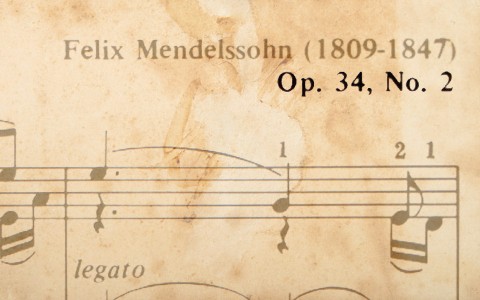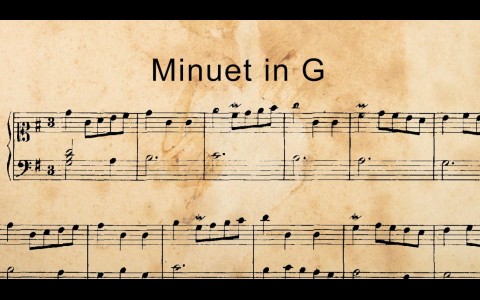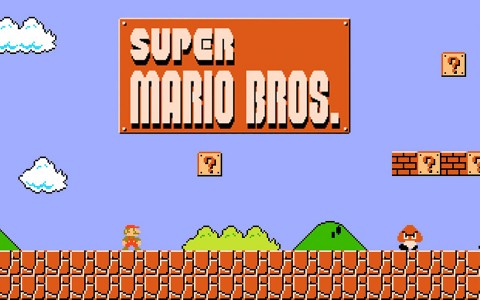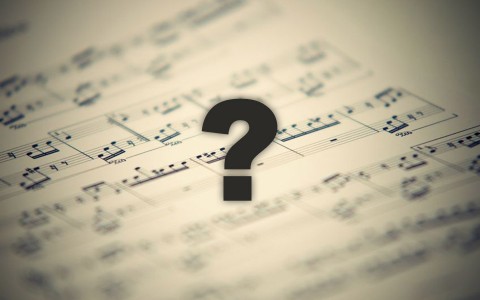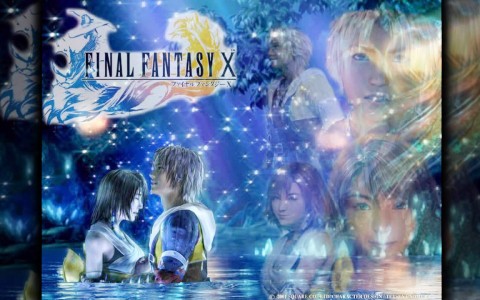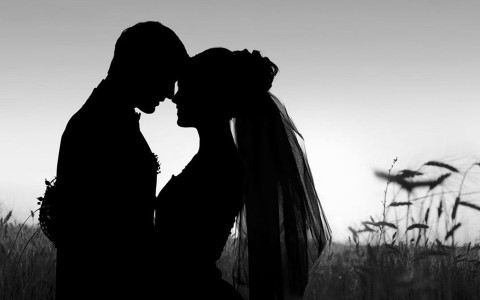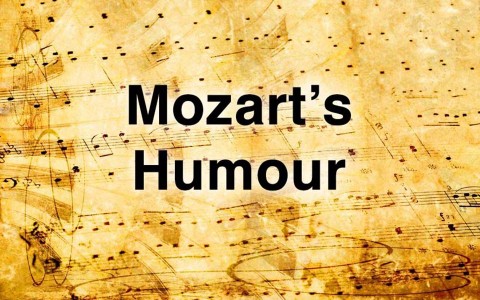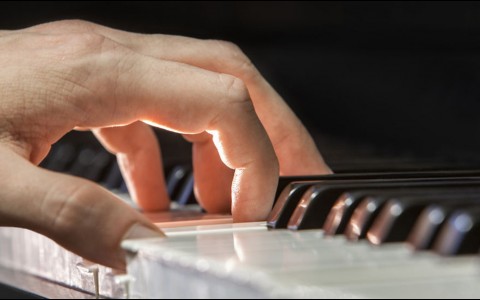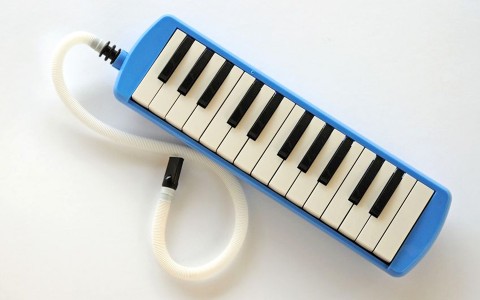When you think of a piano, what comes to mind? Is it the elegant, black-and-white keys dancing under the skilled fingers of a maestro, or the grand, majestic instrument commanding attention in a concert hall? Beyond these delightful images, there's a secret symphony playing—a symphony of influence that the piano has had on various other art forms. From the pirouettes of ballet dancers to the emotional landscapes of films, and even the strokes of a painter's brush, the piano's melodious whispers have been a muse to many. So, let's embark on a whimsical journey to discover how this beloved instrument has not just made music, but also played a pivotal role in shaping other artistic domains!
1. Dance - Waltzing with the Piano
Imagine a ballroom from centuries past, where elegant figures glide across the floor, their movements harmonizing with the tender notes of a piano waltz. The piano has been a cornerstone in the world of dance, particularly in styles like ballet and contemporary. Its ability to convey a wide range of emotions—from the dramatic to the ethereal—has made it a perfect partner for dancers. Choreographers often draw inspiration from piano compositions, using them to dictate the flow, energy, and story of their dances.
2. Film - Setting the Scene with Keys
Now, let's dim the lights and talk about the silver screen. The piano has been a star in the world of cinema, not just as a prop but as a powerful tool in storytelling. Remember the haunting melody in that suspense thriller or the uplifting tune in your favorite romantic comedy? Piano scores have a unique way of enhancing the narrative, evoking emotions, and even becoming a character of their own in films.
3. Visual Art - Painting with Piano Notes
Ever looked at a painting and felt as if you could hear music? There's a good chance a pianist's melody inspired the artist. Visual artists often turn to piano music to find their creative flow, allowing the tempo and mood of the music to guide their brushstrokes. From abstract art to realistic portraits, the influence of piano music is as diverse as the genres of music itself.
4. Literature and Theatre - A Literary Symphony
Yes, even the world of words is not immune to the piano's charm! Playwrights and authors have long used the piano as a symbol and a source of inspiration. In literature, a character's interaction with the piano can reveal their innermost thoughts and feelings. In theatre, a piano on stage is not just an instrument but a portal to another world, often setting the tone or the period of the play.
As we close the lid on our exploration, it's clear that the piano is much more than just an instrument. It's a bridge connecting different forms of art, a catalyst that sparks creativity across various mediums. So next time you hear a piano, listen closely. You might just find yourself transported to a ballroom, a movie scene, a gallery, or even the pages of a novel. The piano isn't just playing music; it's creating a world of art!
